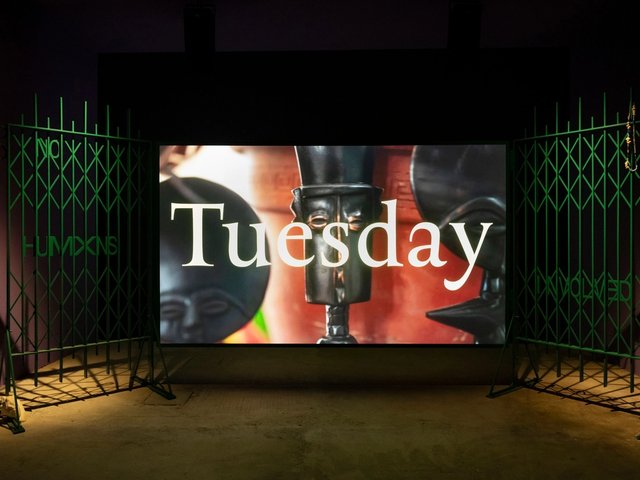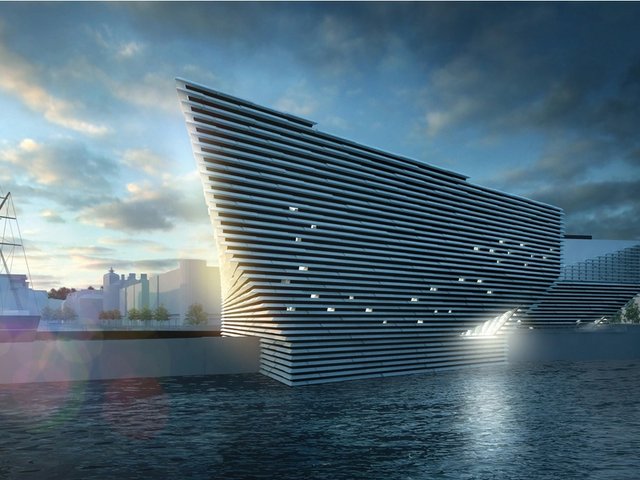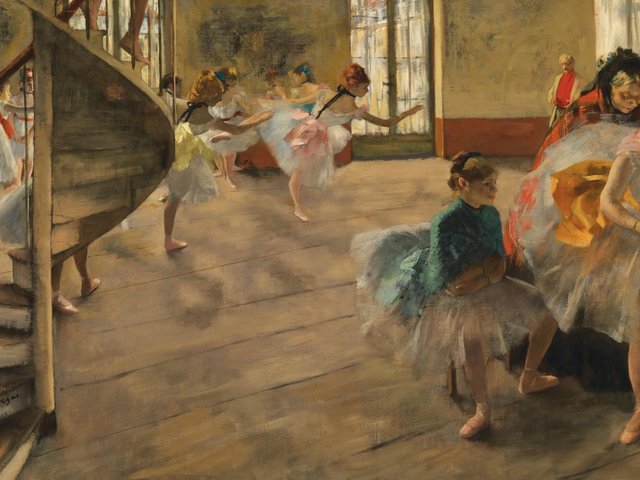Glasgow International, the biennial contemporary art festival which opens its seventh edition today (until 25 April), focuses on a particularly potent theme in today’s economic climate: the demise of heavy industry, and how cultural spaces have sprung up in spaces in the Scottish city once occupied by major shipbuilding, textiles and metalwork companies.
The move seems timely in light of the ongoing campaign to save Port Talbot steelworks in South Wales from closure and the risk of thousands of job losses (the current owner, Tata Steel, is looking for a buyer for the loss-making business).
The Malaysian-Chinese artist Lawrence Lek’s glossy video simulation QE3 (2016), part of a group show at the Tramway organised by the festival director Sarah McCrory, presents the fictional last voyage of the QE2 cruise liner, which was built in the Clydebank shipyard near Glasgow. The ship was launched in 1967 by Queen Elizabeth II, but has been docked in Dubai since 2008.
Lek says: “The QE2 symbolises the city, it’s an icon of the transition from the industrial past through to the regeneration of the city. I think the message about regeneration is ultimately hopeful but it comes at the expense of something else, be it social or economic. QE3 is about rendering those effects visible.”
In the film, an anonymous Glaswegian artist and philanthropist brings the QE2 back from The Gulf. The luxury liner passes through the Suez Canal and cruises past refugee boats in the Mediterranean, docking once more in its hometown, the economy of which has been transformed since the 1960s (industry has, for instance, made way for financial and business services). The benefactor turns QE2 into an art school, which towers over the M8 motorway.
The narrative moves forwards and backwards in time, switching from the industrial post-war period, to the fire at the Glasgow School of Art in May 2014 and the imagined 2062 edition of Glasgow International.
“Using video game and 3D animation software to create the environment lets me play with a much longer timescale, from 1962 to 2062. This is a cycle of time moving beyond generations, into the realm of collective memory,” Lek says.
He draws parallels with the Welsh steel crisis, saying: “The Port Talbot connection is uncanny. The plant [near Swansea] itself seems anachronistic—plumes of fire and smoke rising at night over the motorway.”
Other artists have tackled the theme of Glasgow’s faded past. Alexandra Bircken’s sculptures (Trolley I & II, 2016) crafted from reclaimed metal sheets nestle in the tracks at Tramway, which served as the city’s main tram terminus in the early 20th century.
The 2016 Glasgow International programme encompasses more than 40 group shows and 36 solo exhibitions and events at 57 spaces across the city. Venues range from museums such as the Gallery of Modern Art to Glasgow’s oldest shopping precinct, the Savoy Centre, where the exhibition World Interiors is held. This group show, featuring Laura Yuile and Leslie Kulesh, looks at buying trends, both online and on the high street.





